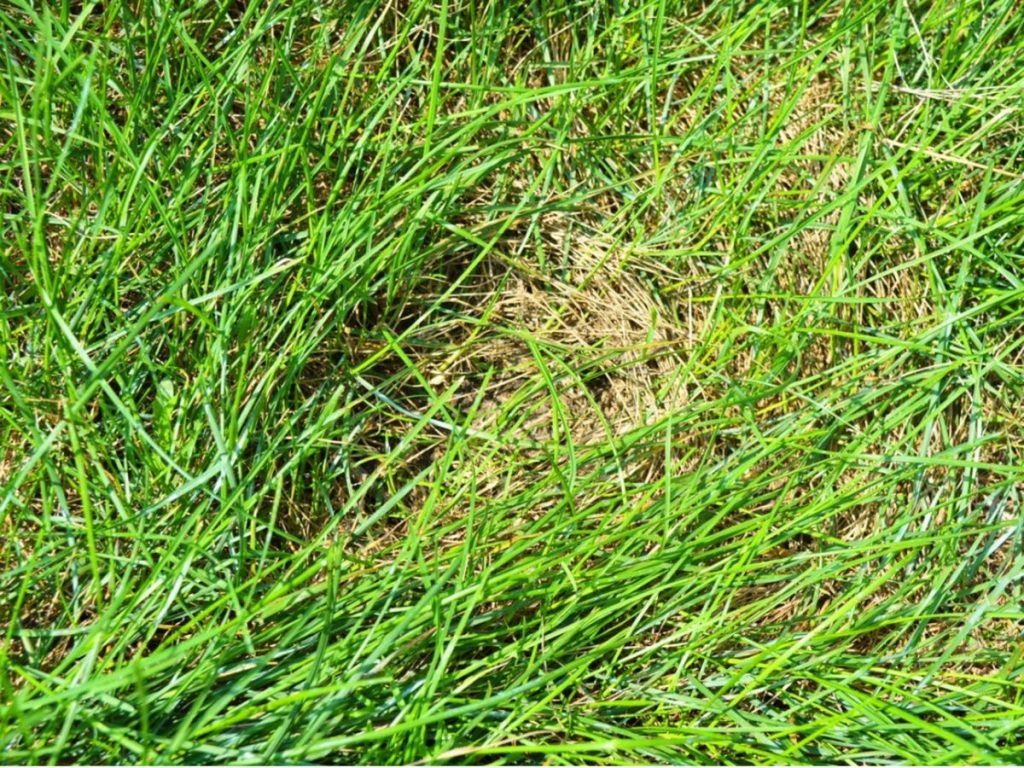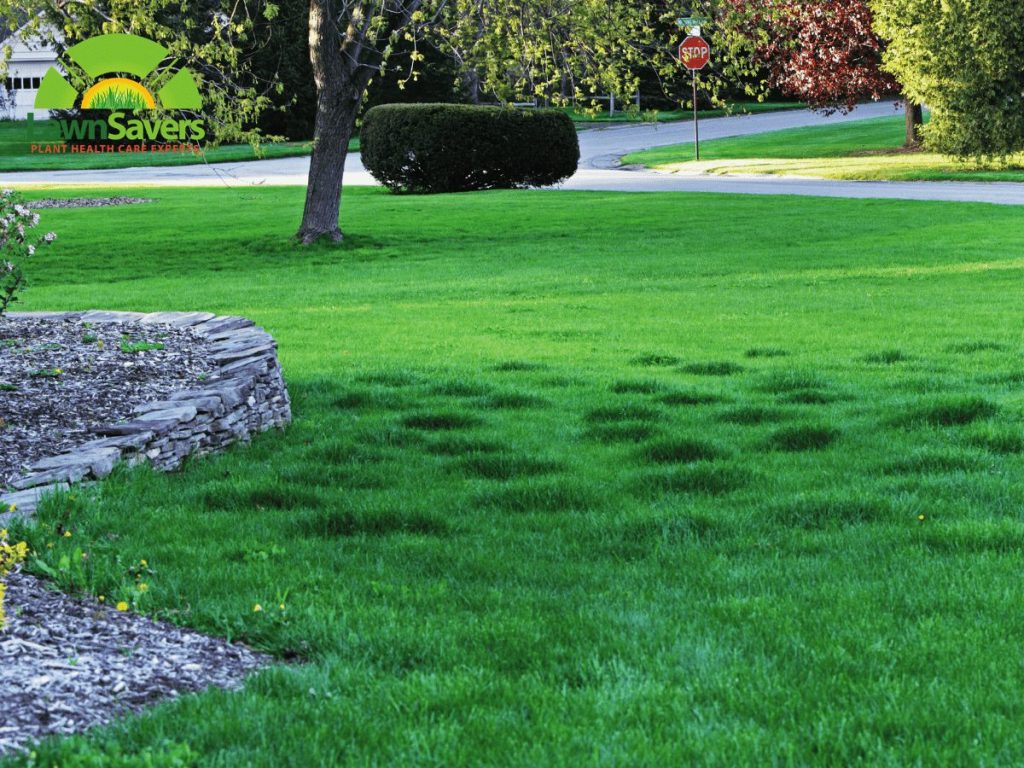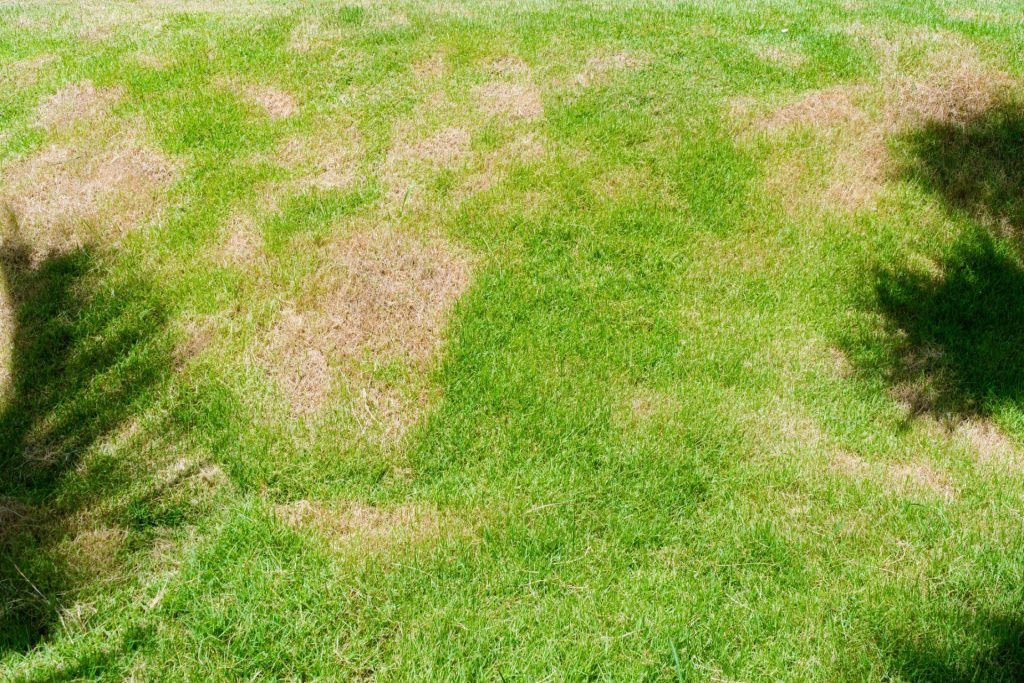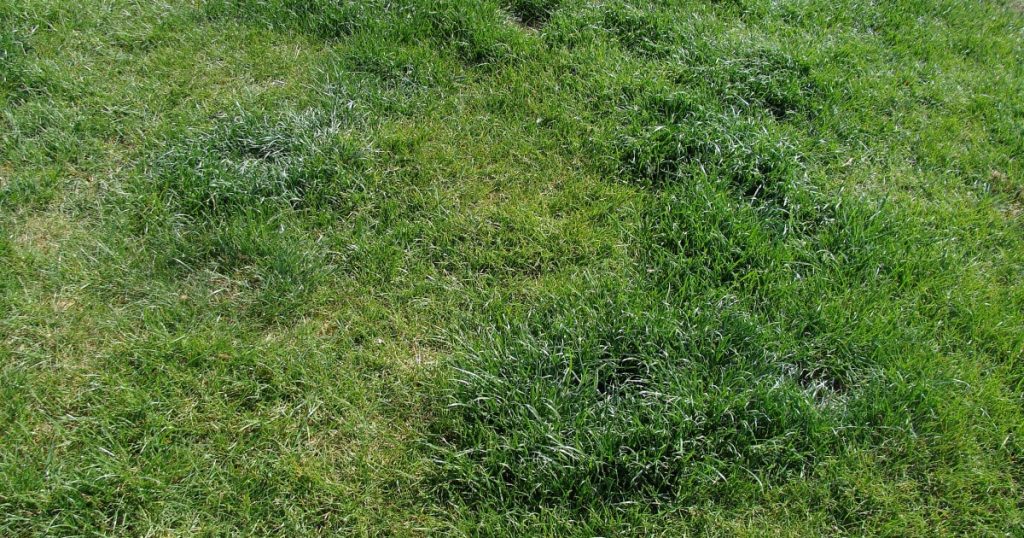Why Your Lawn Feels Spongy (And How to Fix It)
By Innovation Grounds
A spongy lawn is one that feels soft, springy, or bouncy when you walk on it. This texture is typically caused by a build-up of thatch, excessive moisture, or poor drainage. Ignoring a spongy lawn can lead to more serious problems, including fungal diseases, root suffocation, and thinning grass.
What Does a Spongy Lawn Mean?
A spongy lawn is one that feels soft, springy, or bouncy when you walk on it. This texture is typically caused by a build-up of thatch, excessive moisture, or poor drainage. Ignoring a spongy lawn can lead to more serious problems, including fungal diseases, root suffocation, and thinning grass.

Top Reasons Why Your Lawn Feels Spongy
1. Thatch Buildup
The most common culprit of a soft lawn is thatch—a layer of dead and living organic matter like grass clippings, roots, and stems that accumulate between the soil and the green blades. When thatch becomes thicker than ½ inch, it starts to absorb water like a sponge, creating that soft, bouncy feel underfoot.
Symptoms of excess thatch:
Grass feels springy
Water runs off the lawn instead of soaking in
Insect or disease issues increase
2. Overwatering
If you water your lawn too frequently or during the wrong times of day, the soil can become oversaturated. Constant moisture weakens grass roots and encourages moss and fungi, both of which contribute to a spongy lawn texture.
3. Compacted Soil
Oddly enough, compacted soil can also make your lawn feel spongy. When the soil is too dense, roots can’t penetrate properly, and water starts pooling at the surface. This leads to poor drainage and encourages organic buildup.
4. Moss Growth
Moss thrives in damp, shady, acidic environments. If your lawn has too much shade or stays wet for long periods, moss can take over, giving your lawn a soft, uneven feel.

How to Fix a Spongy Lawn
The good news is that you can restore your lawn’s health with a few targeted lawn care strategies. Here’s how to fix a spongy lawn step-by-step:
1. Check Thatch Depth
Use a shovel or lawn core sample tool to remove a small wedge of your lawn. If the thatch layer is more than ½ inch thick, you’ll need to dethatch.
How to dethatch your lawn:
Use a dethatching rake or power dethatcher for larger lawns
Remove the thatch debris
Water your lawn afterward to help it recover
Focus keyword: dethatch your lawn
2. Aerate the Soil
Lawn aeration helps loosen compacted soil and improves water and nutrient absorption. It also helps break down thatch naturally.
Steps to aerate your lawn:
Use a core aerator to remove soil plugs
Water the lawn before and after aerating
Best done in spring or early fall
Focus keyword: aerate your lawn
3. Adjust Watering Habits
Avoid daily watering. Instead, water deeply and infrequently to encourage deeper root growth. Early morning is the best time to water to reduce evaporation and fungal growth.
Pro tip: Use a rain gauge or soil moisture meter to track water needs more precisely.
4. Improve Drainage
If you have persistent water pooling, you may need to improve drainage. Consider:
Installing French drains
Leveling low spots
Amending the soil with sand or organic compost
5. Control Moss Naturally
To reduce moss:
Trim overhanging branches to increase sunlight
Adjust soil pH with lime if it’s too acidic
Improve soil drainage

Preventing a Spongy Lawn in the Future
Once your lawn is healthy again, prevent that spongy feel from returning by sticking to a solid lawn maintenance routine:
Dethatch annually or as needed
Aerate once or twice a year
Follow a seasonal fertilizing schedule
Water smartly and mow at the right height
Consistency is key. A well-maintained lawn is less likely to suffer from thatch buildup, compaction, or moss overgrowth.

When to Call a Lawn Care Professional
If you’ve tried dethatching, aerating, and adjusting watering practices but your lawn still feels spongy, it might be time to consult a lawn care expert. A professional can test your soil, assess drainage issues, and create a customized treatment plan.

Conclusion
A spongy lawn is more than just an odd sensation—it’s a warning sign that your grass may be struggling. Whether it’s due to thatch, water issues, or compacted soil, the good news is that with the right care, your lawn can bounce back (but not literally!). Take the time to inspect, diagnose, and treat the issue, and you’ll be rewarded with a lush, firm, and healthy yard.


